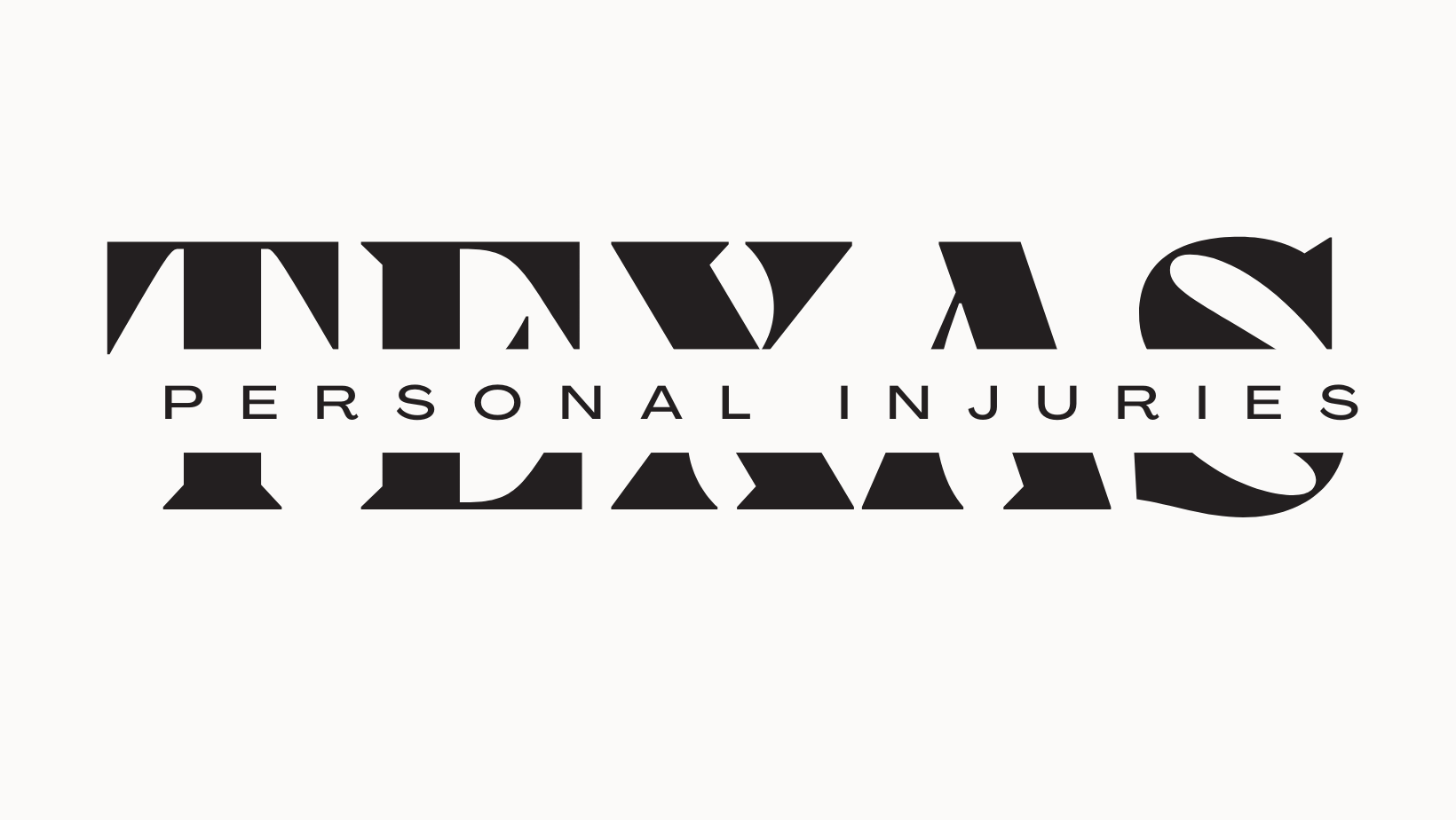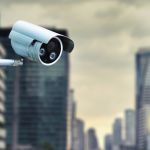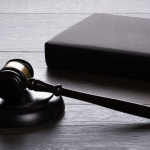Eyewitness testimony is often a cornerstone of personal injury cases. While physical evidence such as photos, medical records, or expert reports provides critical insights, eyewitness accounts can help paint a vivid picture of the incident. This blog explores the role of eyewitness testimony in personal injury claims, its benefits, potential challenges, and tips for leveraging it effectively.
What is Eyewitness Testimony?
Eyewitness testimony refers to statements made by individuals who were present at the scene of an accident or incident and can describe what they saw, heard, or experienced. These accounts can provide a human perspective on the events leading up to, during, and after the accident.
Common Examples of Eyewitness Testimony:
- A pedestrian describing a car speeding through a red light.
- A store patron observing a slip and fall caused by a wet floor with no warning sign.
- A coworker witnessing unsafe practices leading to a workplace injury.
Why Eyewitness Testimony Matters
Supports Factual Evidence
Eyewitness testimony can corroborate other forms of evidence, such as photos or surveillance footage. For example, an eyewitness might confirm the absence of safety measures, like a warning sign, at the time of a slip and fall accident.Establishes Liability
Eyewitnesses can provide critical details about who was at fault. In cases where liability is disputed, their account can tip the scales by providing clarity on how the incident occurred.Strengthens Credibility
A credible and unbiased eyewitness can significantly strengthen your case. Their testimony can help establish a consistent narrative and convince insurance adjusters or juries of the validity of your claim.Fills Gaps in Evidence
Sometimes, physical evidence is insufficient to tell the full story. Eyewitness accounts can fill in these gaps by describing the sequence of events or the actions of those involved.
How Eyewitness Testimony is Used in Personal Injury Cases
During Settlement Negotiations
Eyewitness testimony can be presented during negotiations with insurance companies to validate your account of the incident and counter disputes about fault or damages.In Courtroom Trials
If your case goes to trial, eyewitnesses may be called to testify under oath. Their live testimony can have a powerful impact on the judge or jury.To Reconstruct Events
Eyewitness accounts are often used by accident reconstruction experts to recreate the incident and determine how it occurred.
Qualities of a Strong Eyewitness
Not all eyewitnesses are created equal. The strength of their testimony depends on several factors:
Credibility:
- Is the witness unbiased and impartial?
- Do they have any relationship with the parties involved?
Clarity and Consistency:
- Can the witness provide a clear, consistent account of what they observed?
- Are there discrepancies between their statements and other evidence?
Proximity to the Incident:
- How close was the eyewitness to the accident?
- Did they have a clear line of sight or were there obstructions?
Recollection of Events:
- Can the witness recall the events accurately without confusion or hesitation?
Challenges of Eyewitness Testimony
Despite its importance, eyewitness testimony is not without challenges.
Memory Decay:
Human memory is fallible and can degrade over time. Witnesses may forget critical details or inadvertently misremember events.Bias and Subjectivity:
Witnesses may unintentionally inject personal bias or assumptions into their testimony, skewing their account of what happened.Conflicting Testimonies:
In cases involving multiple witnesses, their accounts may contradict each other, complicating the determination of facts.Cross-Examination:
In court, opposing counsel may challenge the credibility or reliability of an eyewitness, potentially undermining their testimony.
Tips for Effectively Using Eyewitness Testimony
Gather Testimonies Early:
Collect witness statements as soon as possible after the incident, while memories are fresh.Document Contact Information:
Obtain the full name, phone number, email address, and physical address of all potential witnesses at the scene.Record Detailed Statements:
Ask witnesses to provide a thorough description of what they saw, heard, and experienced. If possible, have them write it down or record their statement.Work with Legal Counsel:
An experienced personal injury attorney can evaluate the strength of eyewitness testimony and prepare witnesses for depositions or court appearances.Consider Expert Testimony:
If there are discrepancies in eyewitness accounts, an expert witness, such as an accident reconstruction specialist, can help clarify the sequence of events.
Real-Life Example
Imagine a car accident where one driver claims they had the green light, and the other disputes it. A nearby pedestrian who witnessed the crash might testify that one vehicle ran a red light. This eyewitness account could be the deciding factor in determining liability and ensuring the injured party receives fair compensation.




Leave a Reply